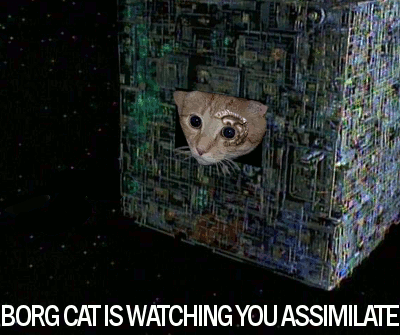A Client has had one of their Power Factor Correction Units 'burn out'. They now plan to replace it with added protection - smoke and arc detection as well as earth leakage and circuit breakers instead of fuses. They have a high non linear load, predominantly VSD's.
I noticed that with the PFC now disabled the pf was 0.97 even though there is a fair amount of rotating plant - I assume due to the proliferation of VSD's and electronic lighting ballasts. I am now wondering what is the right advice to give them. Do you replace the PFC with the same kVAr as before - or fit VSD chokes/filtering - or invest the money in active filtering.
I'd really value some advice on the subject.
Best
Jim
I noticed that with the PFC now disabled the pf was 0.97 even though there is a fair amount of rotating plant - I assume due to the proliferation of VSD's and electronic lighting ballasts. I am now wondering what is the right advice to give them. Do you replace the PFC with the same kVAr as before - or fit VSD chokes/filtering - or invest the money in active filtering.
I'd really value some advice on the subject.
Best
Jim

![[purpleface] [purpleface] [purpleface]](/data/assets/smilies/purpleface.gif)
